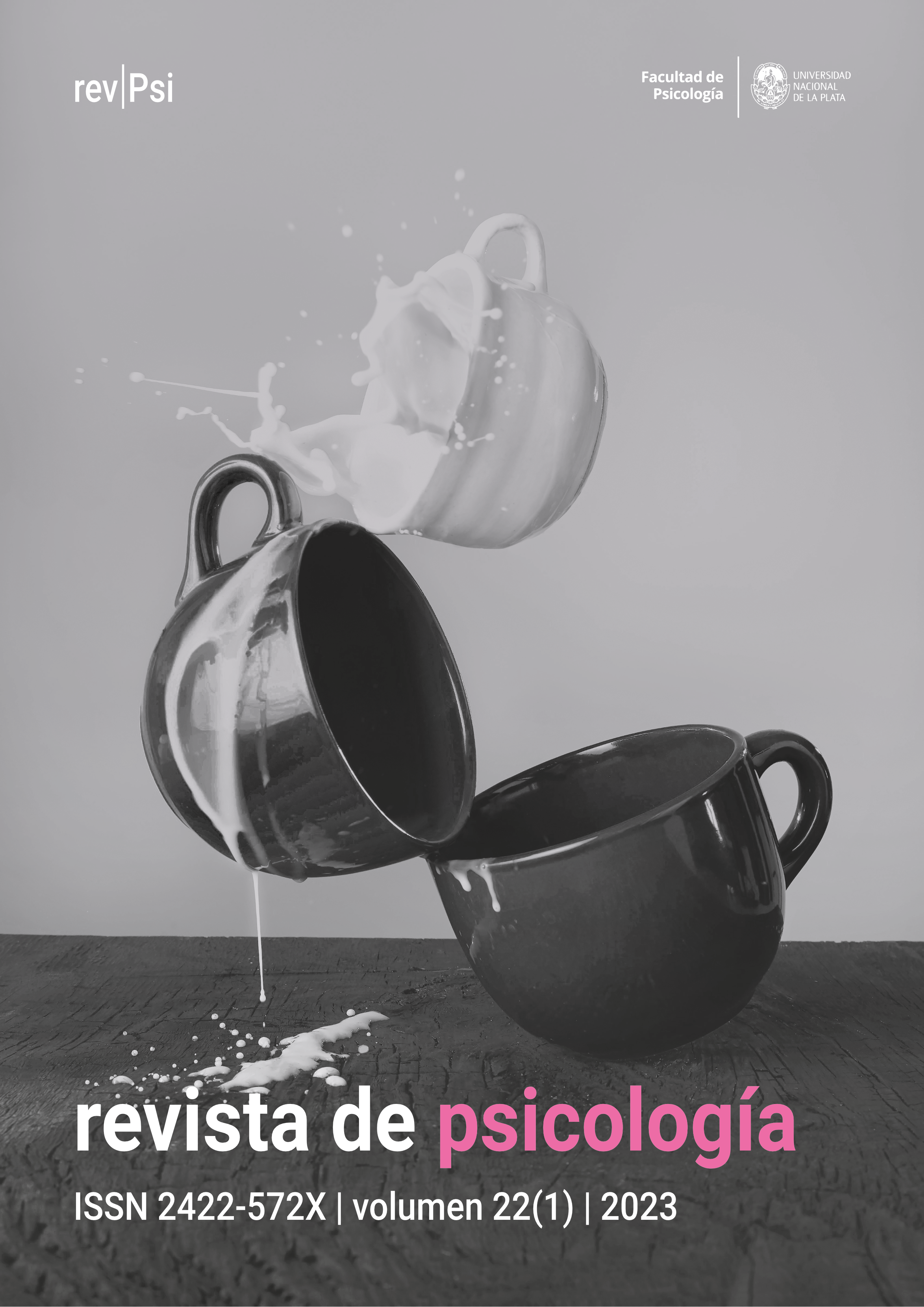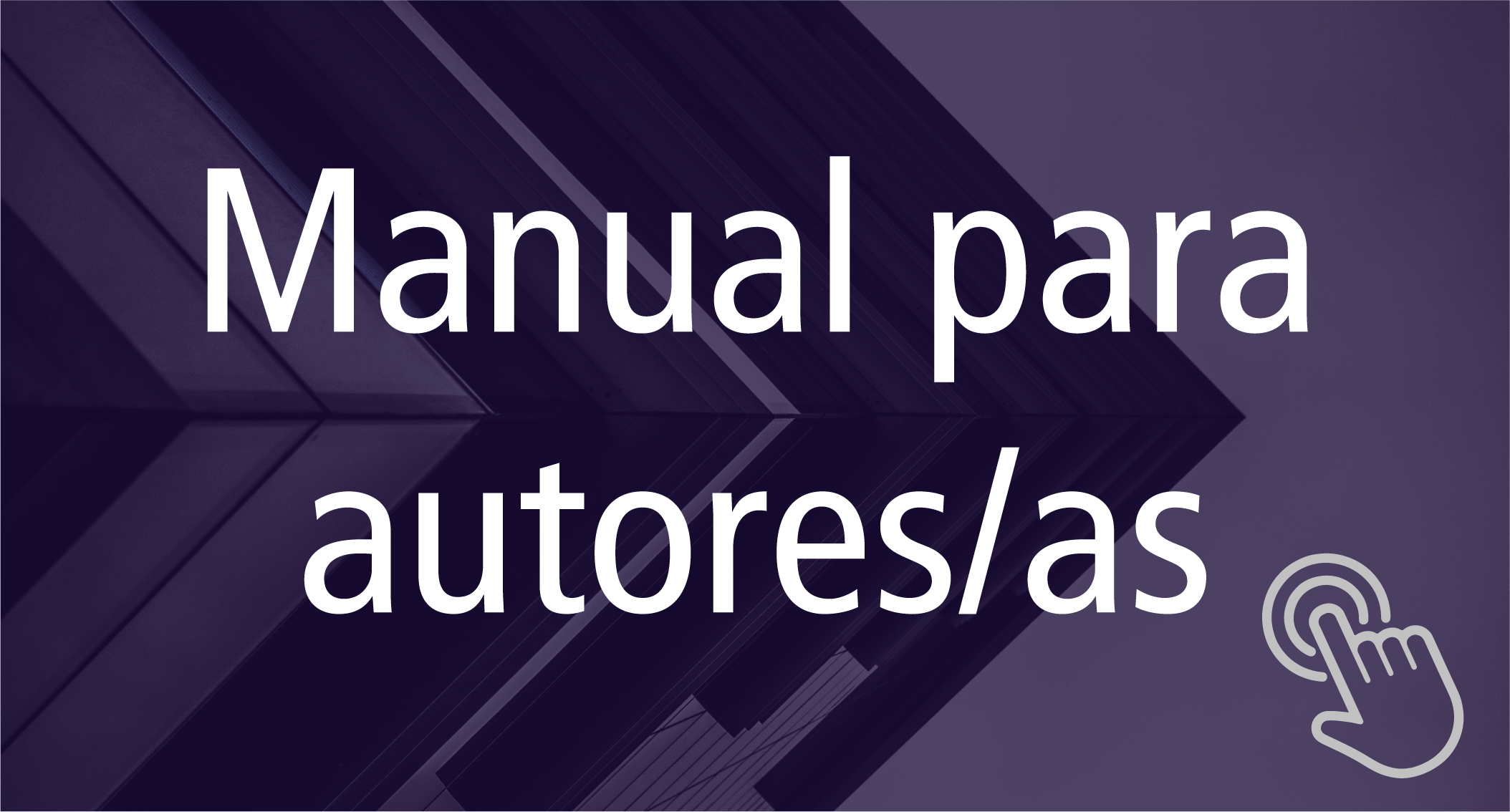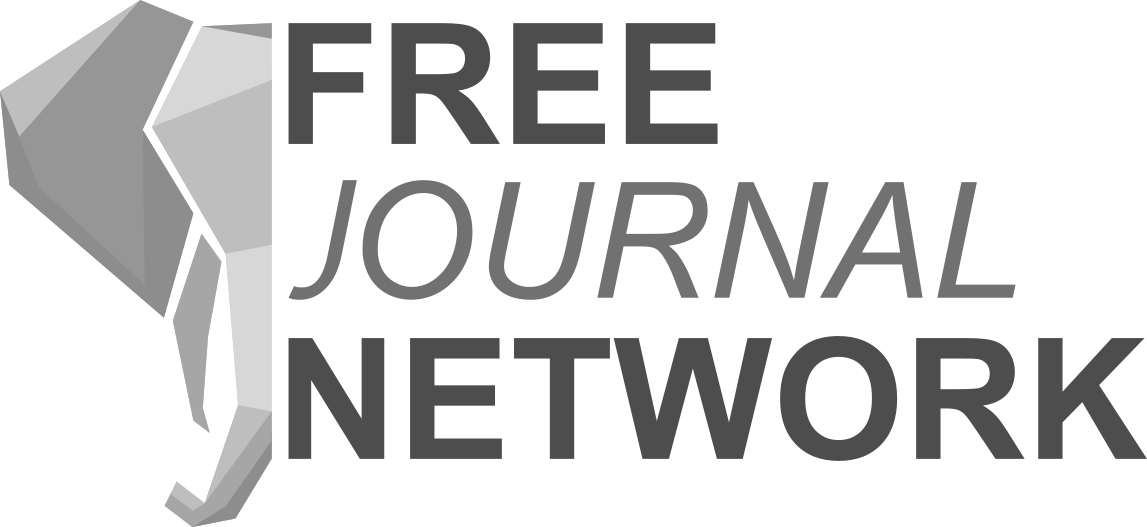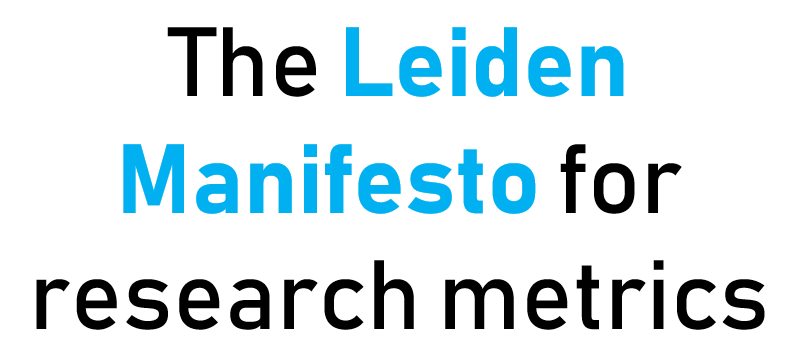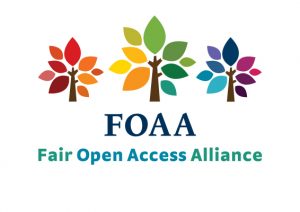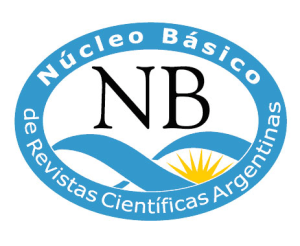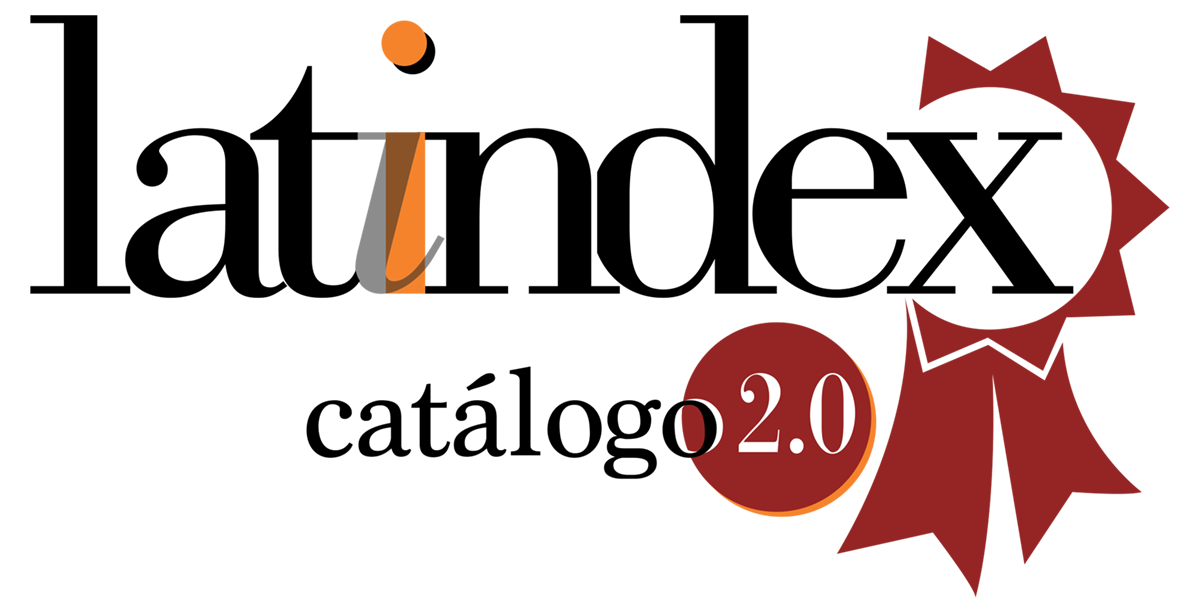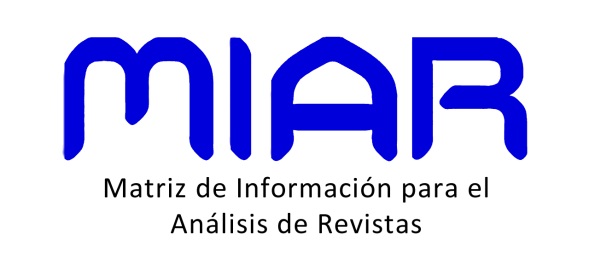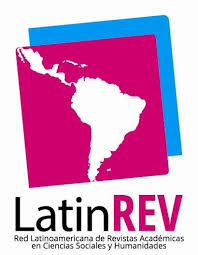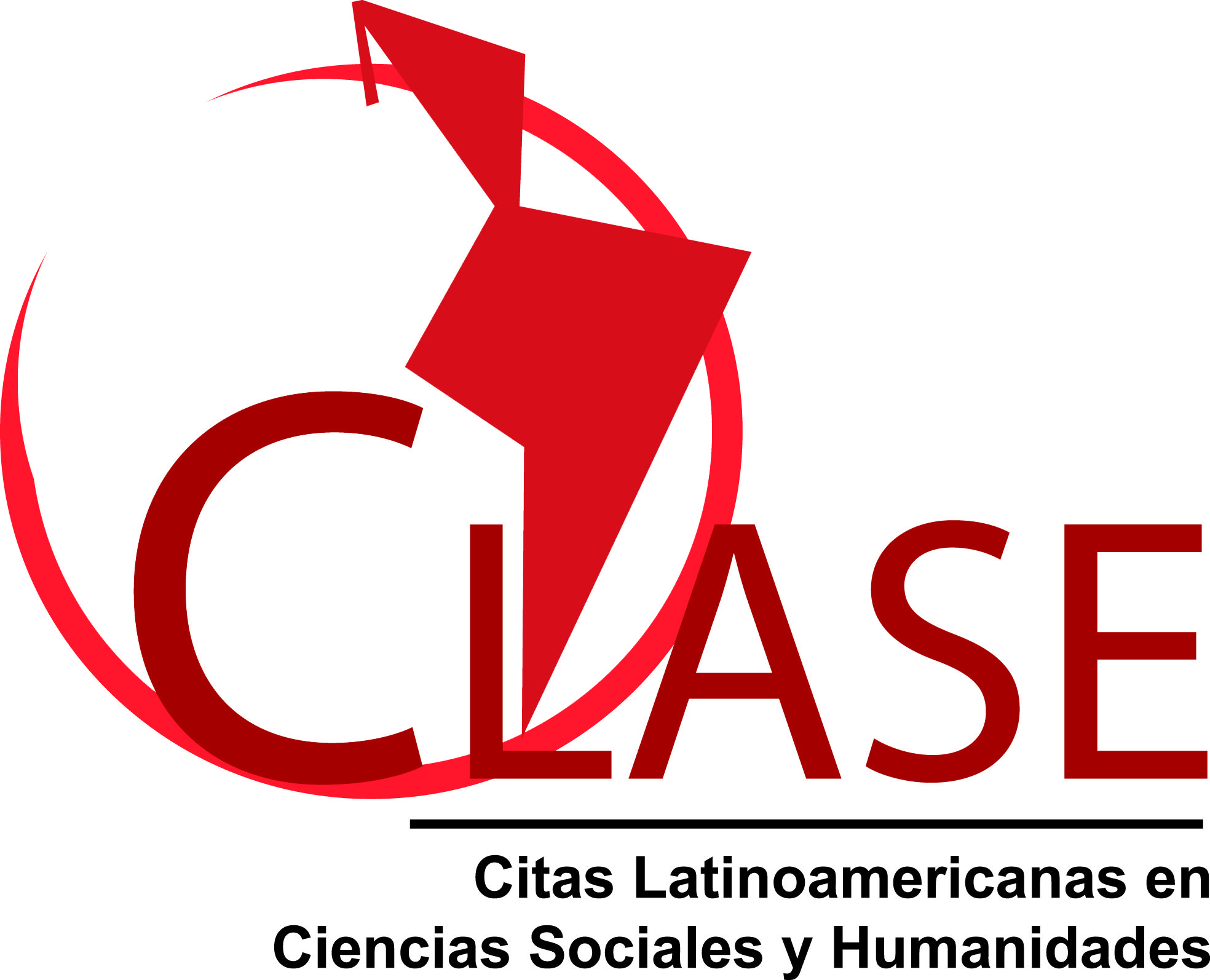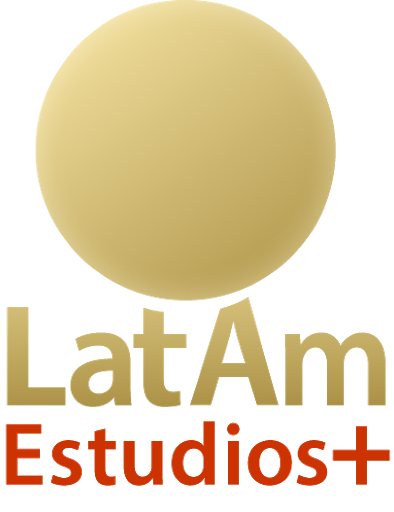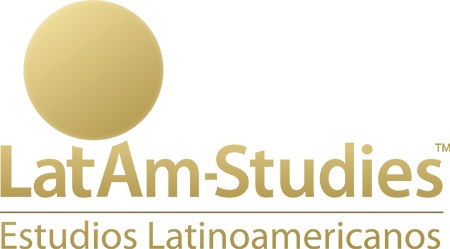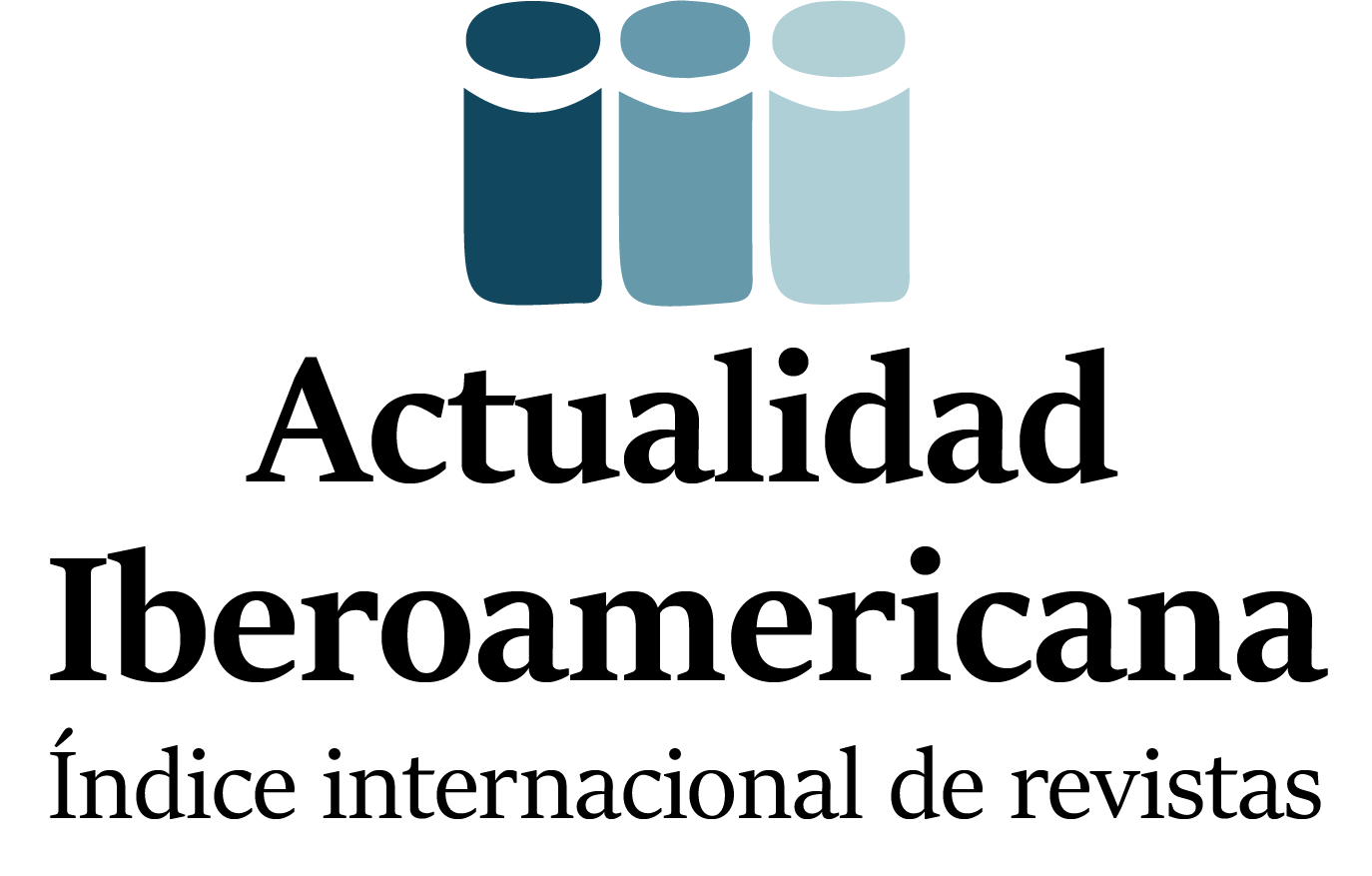The conception of wholes and parts in early infantile autism
DOI:
https://doi.org/10.24215/2422572Xe163Keywords:
autism, Kanner, invariabilityAbstract
This article first appeared in 1951 in the American Journal of Psychiatry under the title “The conception of wholes and parts in early infantile autism”. In 1973 it was published in Childhood psychosis: initial studies and new insights (pp. 63 - 68), edited by V. H. Winston & Sons Inc., in the city of Washington D.C. The present translation into Spanish corresponds to the latter source, and was carried out by Nora Carbone and Gastón Piazze. These authors obtained the corresponding non-exclusive permission for this electronic publication from Wiley & Sons Inc.
Copyright © 1973 by V. H. Winston & Sons, Inc. All rights reserved.
Downloads
Metrics
References
Kanner, L. (1943). Autistic disturbances of affective contact. Nervous Child, 2, 217-250.
Kanner L. (1944). Early infantile autism. The Journal of Pediatrics, 25, 211-217. https://doi.org/10.1016/S0022-3476(44)80156-1
Kanner, L. (1949). Problems of nosology and psychodinamics in early infantile autism. American Journal of Orthopsychiatry, 19(3), 416-426. https://doi.org/10.1111/j.1939-0025.1949.tb05441.x
Downloads
Published
How to Cite
Issue
Section
License
Copyright (c) 2022 Nora Cecilia Carbone, Gastón Pablo Piazze

This work is licensed under a Creative Commons Attribution 4.0 International License.
![]()
Authors who publish in this journal accept the following conditions:
- Authors retain the copyright and assign the right of first publication to the journal, with the work registered under a Creative Commons attribution license (CC-BY), which allows third parties to use what is published whenever they mention the authorship of the work and the first publication in this magazine.
- Authors can make other independent and additional contractual agreements for the non-exclusive distribution of the article published in this journal (e.g., include it in an institutional repository or publish it in a book) as long as they clearly indicate that the work was published for the first time in this magazine.
- Authors are allowed and encouraged to publish their work on the Internet (e.g., on institutional or personal webpages) before and during the review and publication process, as it can lead to productive exchanges and greater and faster dissemination of published work (see The Effect of Open Access ).

